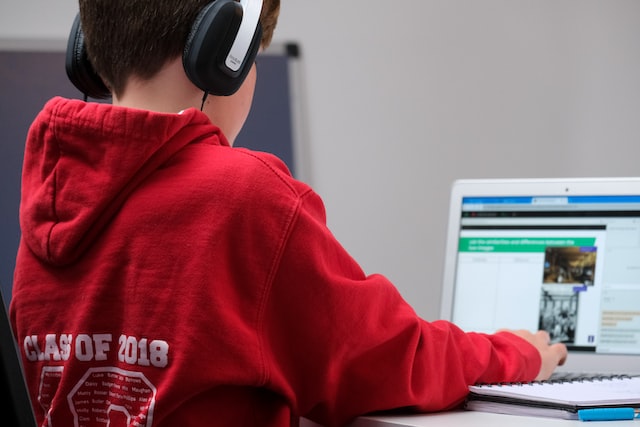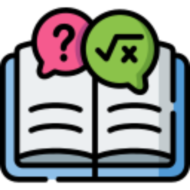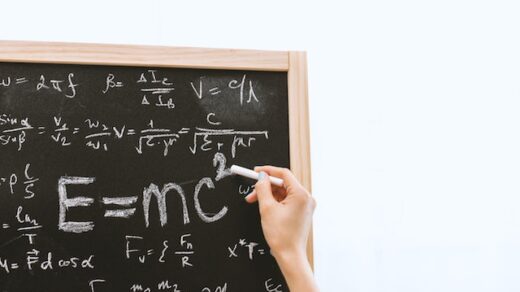Math worksheets are a great way to help children develop their math skills. They can also be used to teach students a variety of different topics, including addition and subtraction, place value, telling time, and counting money.
Math Worksheets For 1st Graders
These worksheets are randomly generated, printable from your browser, and include an answer key. They are a great addition to any first grade math curriculum.
Addition and Subtraction
Addition and subtraction are arithmetic operations that are used to calculate the sum or difference between two numbers. It is important for children to know how to perform addition and subtraction because it is used in everyday maths.
When kids are learning about addition and subtraction, it is helpful to use objects to help them understand the concepts. For example, using objects like counters or toys can help kids to understand that when you add something, it takes away some of what is already there.
Counting can also be helpful in addition and subtraction problems. Counting to see how many there are after you add something is important for young children because it allows them to build a base of conceptual understanding and procedural fluency.
First graders should start learning about addition and subtraction by focusing on basic arithmetic facts, such as addition and subtraction of single digits and 2-digit numbers to around 20. Once they are proficient in these facts, students can then progress to working with larger numbers.
Place Value
Place value is the concept of a digit in a number having a certain value depending on where it is placed in a number. This relates to the ones, tens, hundreds and thousands positions in a numerical system.
It’s important for children to understand the concept of place value, as this is a necessary skill for most mathematical activities that they will encounter in primary school. It also helps them to understand decimals and rounding numbers.
A good understanding of place value can help students to do all of the Maths operations, including adding and subtracting two-digit numbers and dividing and multiplying three-digit numbers. It can also help them to partition numbers, so they can work out sums and differences of pairs of numbers with different place values.
Using manipulatives such as beads, tokens and base ten blocks can really help young children to develop understating of place value. They can be arranged in different patterns to form new numbers and can then be decomposed into tens or units.
Multiplication and Division – Math Worksheets For 1st Graders
Multiplication and division are two mathematical operations that students use to multiply and divide two or more numbers. The concept behind multiplication is repeated addition, while the concept of division is repeated subtraction.
In math worksheets for 1st graders, these concepts are often practiced through meaningful activities. This can help your child internalize the concepts of multiplication and division more effectively.
Using counters to model division can be helpful for students who are having trouble understanding this concept. When students see that they cannot divide a number by 0 (or any number), they will begin to understand the rules of division.
The next step in this process is to show students how multiplication and division are related. This is done by exposing them to multiple models that help them visualize the relationship.
Fractions
Fractions are a key aspect of math for kids need to understand. They are classified as proper, improper, mixed, like, and unlike fractions.
One skill that students need to learn is how to recognize the shape a fraction shows. This is done largely through comparing fractions to simple shapes that have been divided into equal parts.
The concept of partitioning is another important part of learning about fractions. In this worksheet, students are given a circle or square and asked to divide it into halves, thirds, or fourths.
This is a great way to practice this important skill. It also helps students understand rounding fractions a little better.





